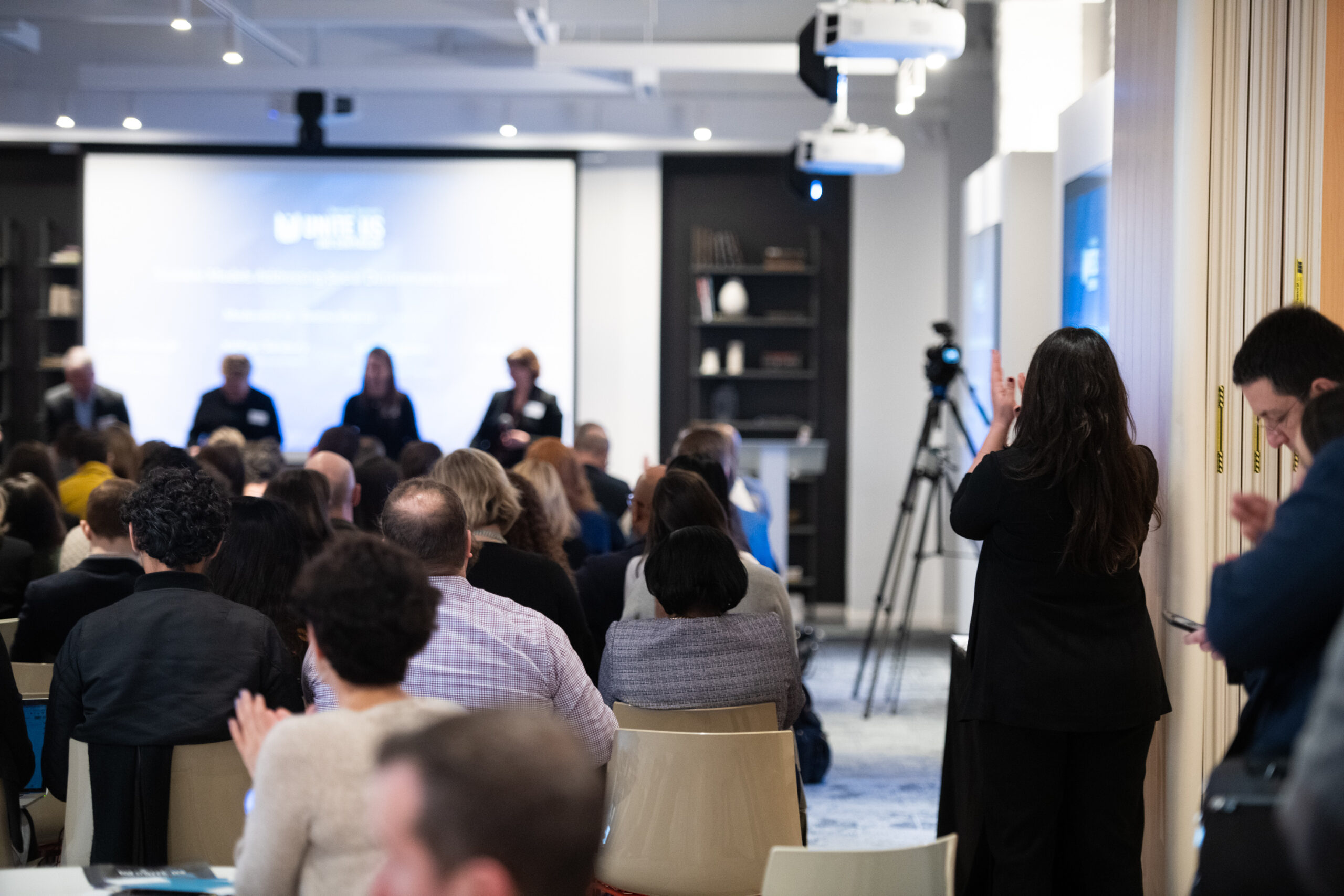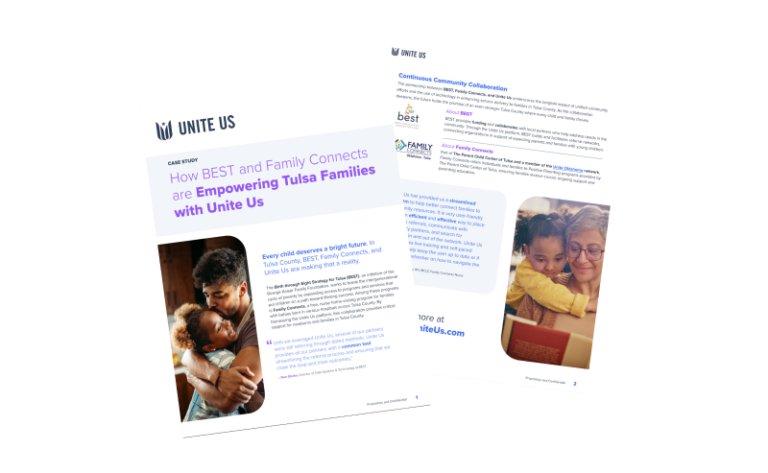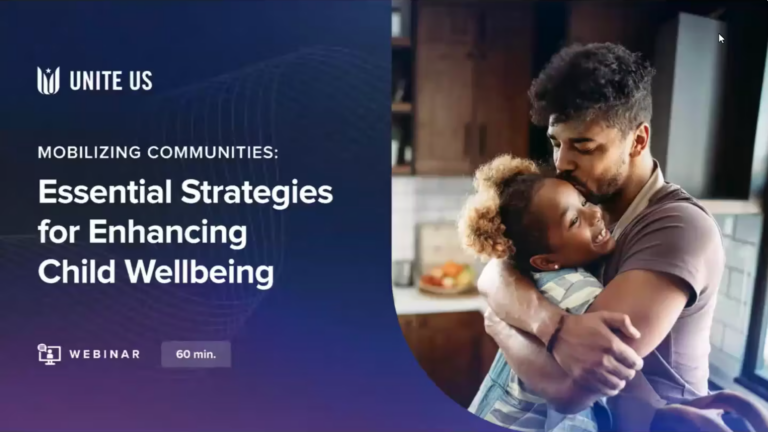
Cross-Sector Collaboration: Successfully Launching a Coordinated Care Network
Ally Pratt
You can’t jump into launching a network without appropriate planning. That’s why Phase Two, building the right infrastructure, is so crucial. In the previous article of this series, we discussed some key steps to building a foundation for a high-functioning coordinated care network. This article will walk you through the common questions we like to ask when setting up a foundation for success.
Are we ready to launch our network?
Make sure you have everything you need to implement and execute your plan successfully.
1. What does your channel and cadence of communication with all stakeholders and community partners look like?
It’s vital to stay engaged with all partners in a network and keep them accountable to stay engaged with their clients – especially those harder-to-reach clients. Different organizations may have their own methods of keeping in touch with their clients; an important part of building community-wide care coordination networks is accounting for all of these methods in a way that makes sense for each community. This is where centralized technology comes into play, since unifying multiple partners on one platform enables communities to document services and tack outcomes at scale.
Betsey Tilson, State Health Director and Chief Medical Officer for the N.C. Department of Health and Human Services, was a panelist at One Continuum last year. Betsey plays an integral role in Medicaid transformation happening in North Carolina as well as the implementation of NCCARE360, our statewide network there. During the panel last February, she said:
“We really want to preserve local, integrated care management with our local health departments, with our medical homes – on the ground local care management. We needed to think about: What was the staffing model? What were [sic] the competencies of our care management? What does a care management team look like? Nurses, social workers, housing specialists, legal specialists, community health workers, are part of that multi-disciplinary care management team. We are mandating our standardized set of screening questions as part of the initial care needs screening as people go into managed care.”
Raising community services to the same priority level as healthcare services is the foundation of NCCARE360. “[Health] plans will be connecting into NCCARE360 so they’re not building their own systems,” Betsey continued. NCCARE360 is about creating a unified system of care so people seeking services aren’t falling through the cracks. Betsey – as a doctor herself – understands firsthand the importance of an open stream of communication between all partners and stakeholders, especially at the local level where the work is actually happening.
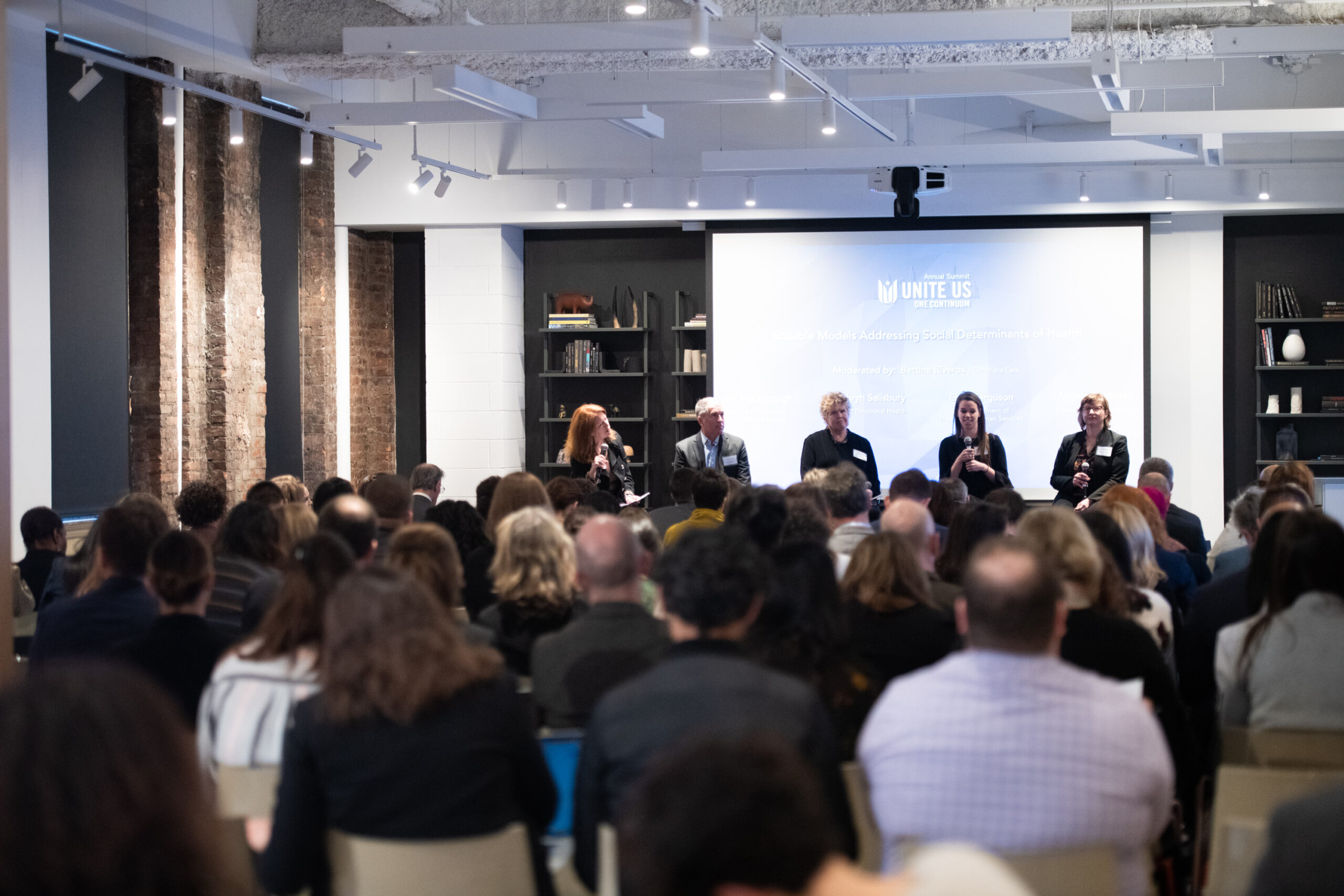
2. What steps are you taking to ensure that your partners are buying into this initiative?
Once partners are introduced to Unite Us, it’s pretty simple to demonstrate the value of a coordinated care network. People understand the benefits of interoperability and sharing their data, they just lack a method to do so securely. Our partners have been able to set up successful networks that satisfy concerns around HIPAA, patient confidentiality, and data privacy.
As said by Karen Pearl, President and CEO of God’s Love We Deliver:
“I feel very lucky that we’re in New York where there is a lot of pressure on plans and hospitals to be partners with nonprofit organizations – but that has to become the system, not an experiment. That has to be recognized as the way forward if we really are going to ensure that people have all of the treatment, the full circle of what they need to manage their illness, and if possible, to get better.”
Successful community-clinical linkages involve the entire community. This calls for a system that incentivizes value-based care – one that allows for simple navigation of services for the people looking for them. A secure and sustainable ecosystem of care delivery sells itself to partners across sectors.
3. How often are your community partners gathering in person?
Technology isn’t a silver bullet. Partnership-building still relies heavily on personal relationships; this means sometimes meeting in-person to make sure everyone’s questions are answered. Our formula for success includes a deeply-rooted understanding of the communities in which we work, so we prioritize hiring locally.
Jacob Reider, CEO of Alliance for Better Health, explained:
“The capabilities of the organizations that we are working with are variable and they need a lot of help; they need help with implementation, they need help with training, they need help with optimization… so it’s not just ‘plug it in and train them and run away.’ The best technology that you can get is useless if you can’t bring it up to speed, maintain it, and then optimize it. Optimization is working together with the technology suppliers so that we evolve the product as we understand the needs of its end users.”
We don’t connect people to technology. We connect people to people.
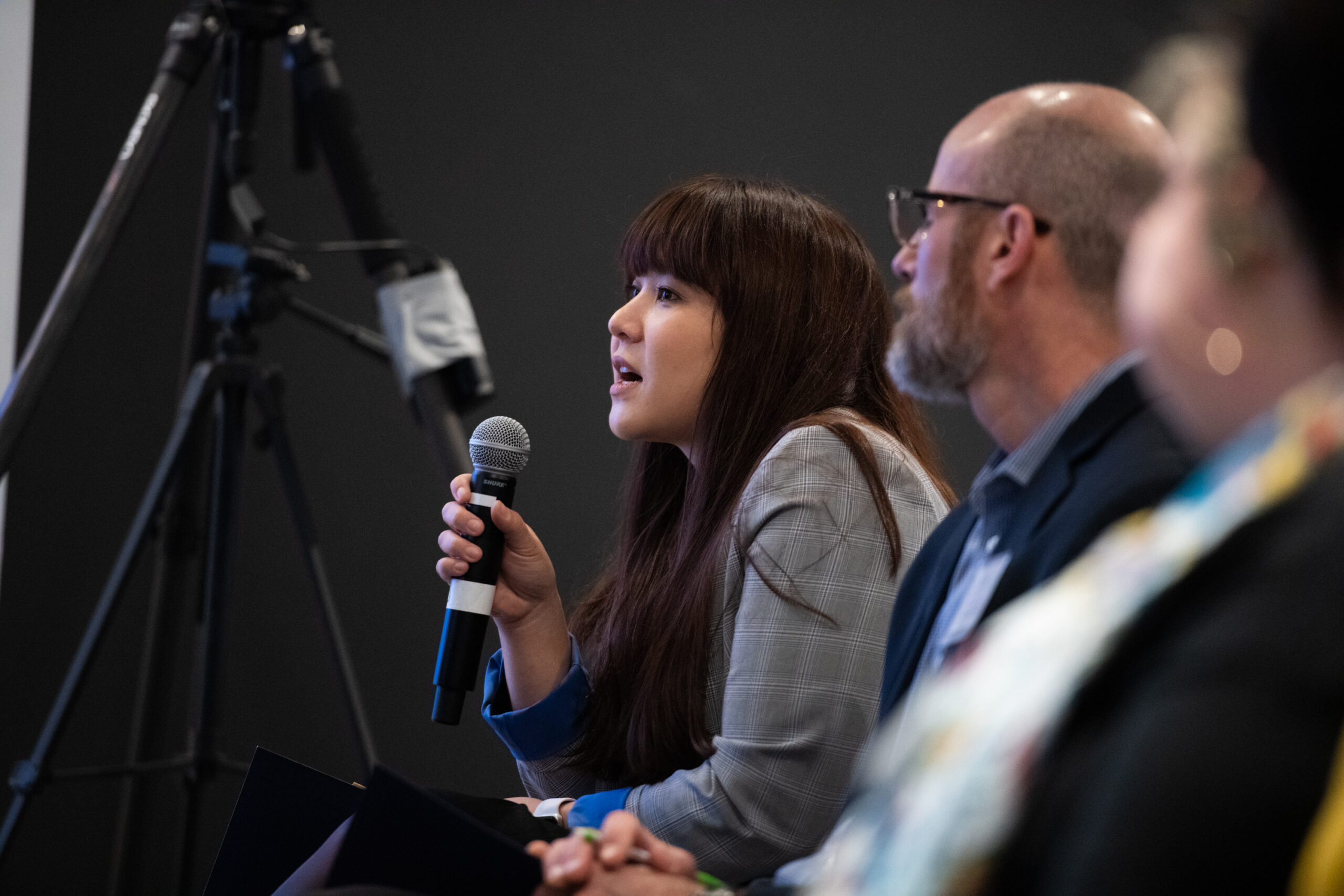
4. How are you integrating this work into community partners’ existing workflows?
Partners will only participate in a network if it improves their existing workflows or saves them time in the long run. At last year’s summit, attendees spoke about how they found ways to improve their referral process with Unite Us and how they realized that, after using the platform, they were able to connect people to services faster. Partners aren’t just saving time by switching to a new technology because it’s easier to use; they’re saving time because their clients aren’t coming back again and again for the same needs.
Dan Brillman, Co-Founder and CEO of Unite Us, said:
“Our ‘why’ is that we believe we play a small part in all of this – in the thousands of organizations who are referring to each other and coordinating as a care team that involves social services. We’re the infrastructure that’s enabling the outcome, so we know how long it takes to get there, what actually happened, if there’s satisfaction, and what the quality measures are. The technology part is great, but it requires an engaged network of community services in order to actually meet those community needs.”
Social care data needs to be exchanged seamlessly, which requires standardizing it along the continuum. Technology can help, but when you’re trying to collaborate across a community, you can’t diminish what makes each organization unique by reducing them to a set of numbers. This is why we never compromise on the human element of care delivery.
Are you a part of a Unite Us network yet? We’d love to hear from you!
About Unite Us
Unite Us is the nation’s leading software company bringing sectors together to improve the health and well-being of communities. We drive the collaboration to identify, deliver, and pay for services that impact whole-person health. Through Unite Us’ national network and software, community-based organizations, government agencies, and healthcare organizations are all connected to better collaborate to meet the needs of the individuals in their communities.
